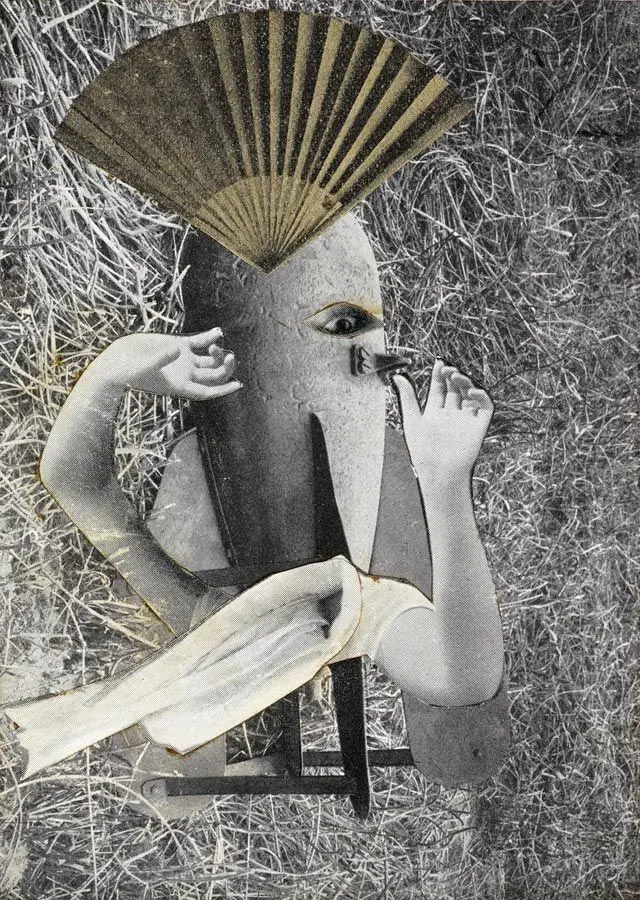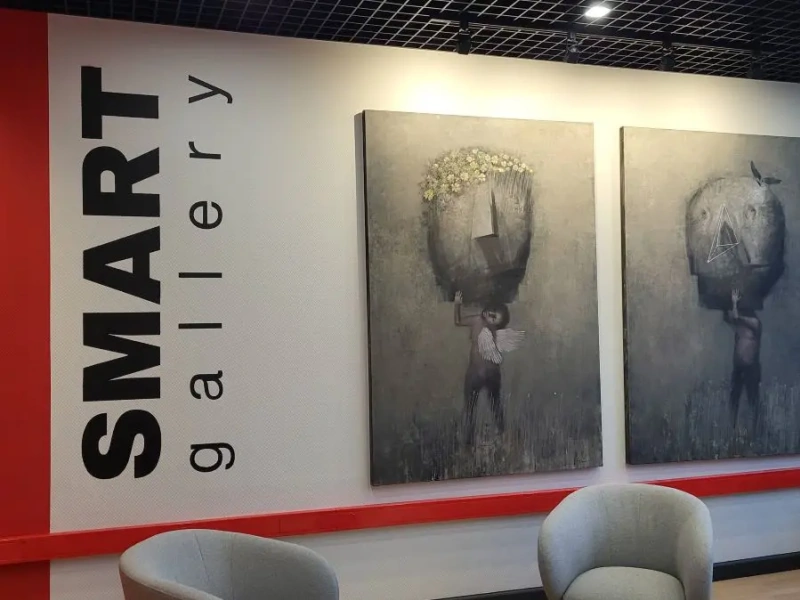Dadaism, or Dada, is a temporary avant-garde
movement that originated during the First World War in neutral Switzerland and spread throughout Europe. It existed from about 1916 to 1922. Over time, Dadaism merged with Surrealism
in France, and with Expressionism
in Germany.

Dadaism was born out of decadence, bohemian hobby for alcohol and drugs, and disappointment. The artists tried to prove that life is absurd and meaningless. The development of the art movement was also influenced by "woe from wits": the artists thought a lot and worked little, which made the world drown in a stream of endless reflections without specifics. Key figures in the movement included Jean Arp, Johannes Baader, Hugo Ball, Marcel Duchamp, Max Ernst, Elsa von Freytag-Loringhoven, George Grosz, Raoul Hausmann, John Heartfield, Emmy Hennings, Hannah Höch, Richard Huelsenbeck, Francis Picabia, Man Ray, Hans Richter, Kurt Schwitters, Sophie Taeuber-Arp, Tristan Tzara, and Beatrice Wood, among others.
Most often, for self-expression, Dadaists did not use paints, but the technique of collage or installation, joining completely disconnected objects or fragments of illustrations. The main sign of the style is complete meaninglessness: it is not clear what the artist wanted to say, and most importantly, why. A striking example is the work of one of the founding fathers of the genre, Marcel Duchamp, who became famous for having put his own autograph on a urinal, and exhibiting it in a serious gallery as a work of art.
The most famous examples of the Dadaist creativity are the aforementioned urinal and the Duchamp’s L.H.O.O.Q. (1919) — the artist encroached on the sacred by painting reproductions of the Mona Lisa with a moustache.
Art critic
1920, 31.8×25.4 cm
Dadaism is valuable as a phenomenon from which pop art and surrealism
have borrowed several interesting techniques. Collage
and symbols of the era of consumption are often present in all three art movements, but the works of pop artists and surrealists have a rather clear message and meaning, whereas the essence of Dadaism it their total absence. This is an absurd direction.
Chinese nightingale
1920, 12.2×8.8 cm
It is interesting that in the modern world polluted by an excessive amount of information the ideas of Dadaism are reviving — the neo-Dada movement is growing. To some extent, the endless funny collage
illustrations replicated on social networks may be classified so.
From 0 to 9
1961, 137.2×104.8 cm
The living classic of neo-Dada is American Jasper Johns. In 2013, his name was in the middle of the scandal when it turned out that the keeper of his personal archive, who had worked for the artist for 25 years, had stolen his paintings and raised more than $ 6 million from their sale.
Artists mentioned in the article
We recommend reading













